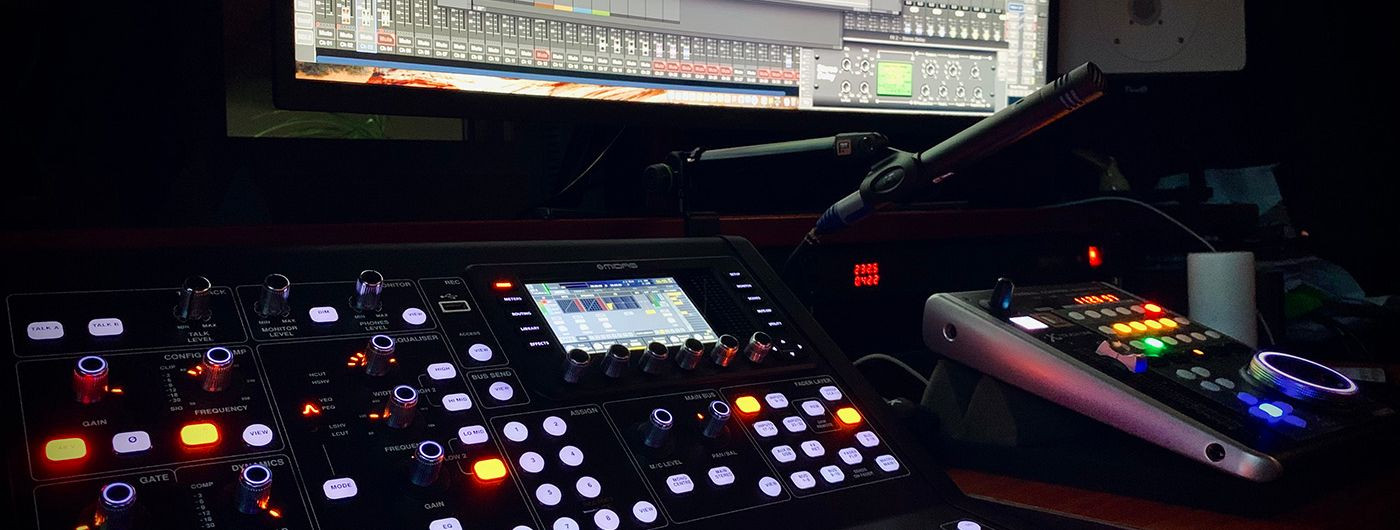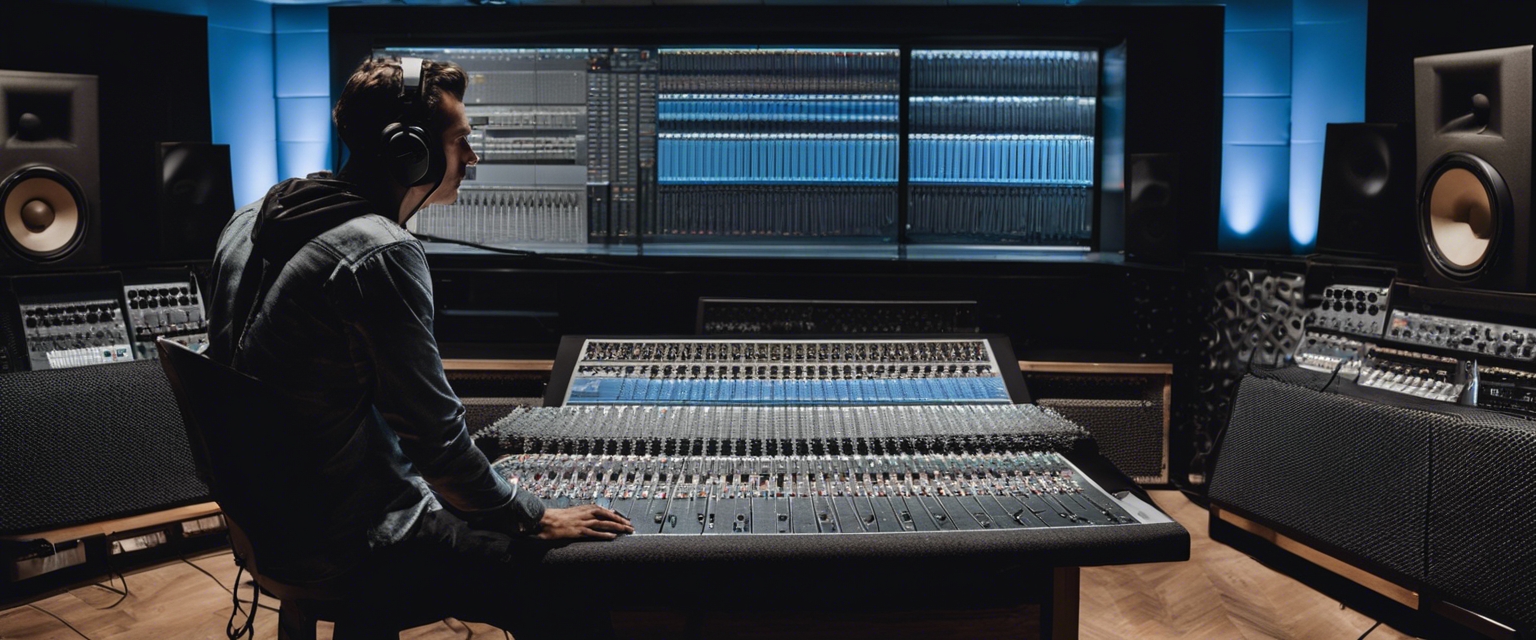The art of vocal recording: techniques and tricks
Vocal quality is the cornerstone of any great recording. It conveys emotion, tells a story, and connects with listeners on a profound level. Achieving pristine vocal recordings is a blend of art and science, requiring technical know-how, a keen ear, and a touch of magic.
The environment in which vocals are recorded plays a pivotal role in the final sound. Factors such as room acoustics, ambient noise, and even the mood of the space can significantly impact the quality of the recording.
Preparation for Recording
Selecting the appropriate microphone is critical to capturing the true essence of the vocalist's performance. Different mics have unique characteristics that can either enhance or detract from the vocal quality.
Creating an optimal recording space involves managing acoustics, ensuring comfort for the performer, and minimizing external noise. Strategic placement of acoustic panels, diffusers, and bass traps can transform a mediocre space into a recording haven.
Before hitting the record button, vocalists should engage in warm-up exercises to prepare their voices. Proper technique, breath control, and articulation exercises can all contribute to a more polished performance.
Recording Techniques
Mic placement is a nuanced art that can drastically affect the sound. Understanding the proximity effect, axis, and polar patterns of the microphone can help in achieving the desired vocal tone.
The signal chain, from the microphone to the preamp, to the compressor, and finally to the digital audio workstation (DAW), must be carefully considered to maintain signal integrity and quality.
Pop filters and sound shields are essential tools in reducing plosives and managing unwanted reflections, respectively, ensuring a clean and clear vocal recording.
Performance Tips
A great vocal performance is not just technically sound but also emotionally resonant. Vocalists should strive to connect with the material and convey authenticity in their delivery.
Consistency is key in vocal recording, especially when it comes to comping together the best takes. Maintaining energy and emotion across multiple takes can be challenging but is essential for a seamless final track.
Collaborating with a skilled producer or engineer can provide valuable feedback, technical expertise, and creative input, elevating the vocal recording to professional standards.
Post-Recording Process
Editing is the process of selecting the best parts of each take, while comping involves piecing together these parts to form the perfect vocal track. Attention to detail and a critical ear are vital during this stage.
Mixing and mastering are the final steps in the recording process, where the vocal tracks are balanced with other elements and polished to achieve a radio-ready sound.
After the recording session, vocalists should prioritize rest and vocal health to ensure longevity in their careers and readiness for future performances.






Comments (0)